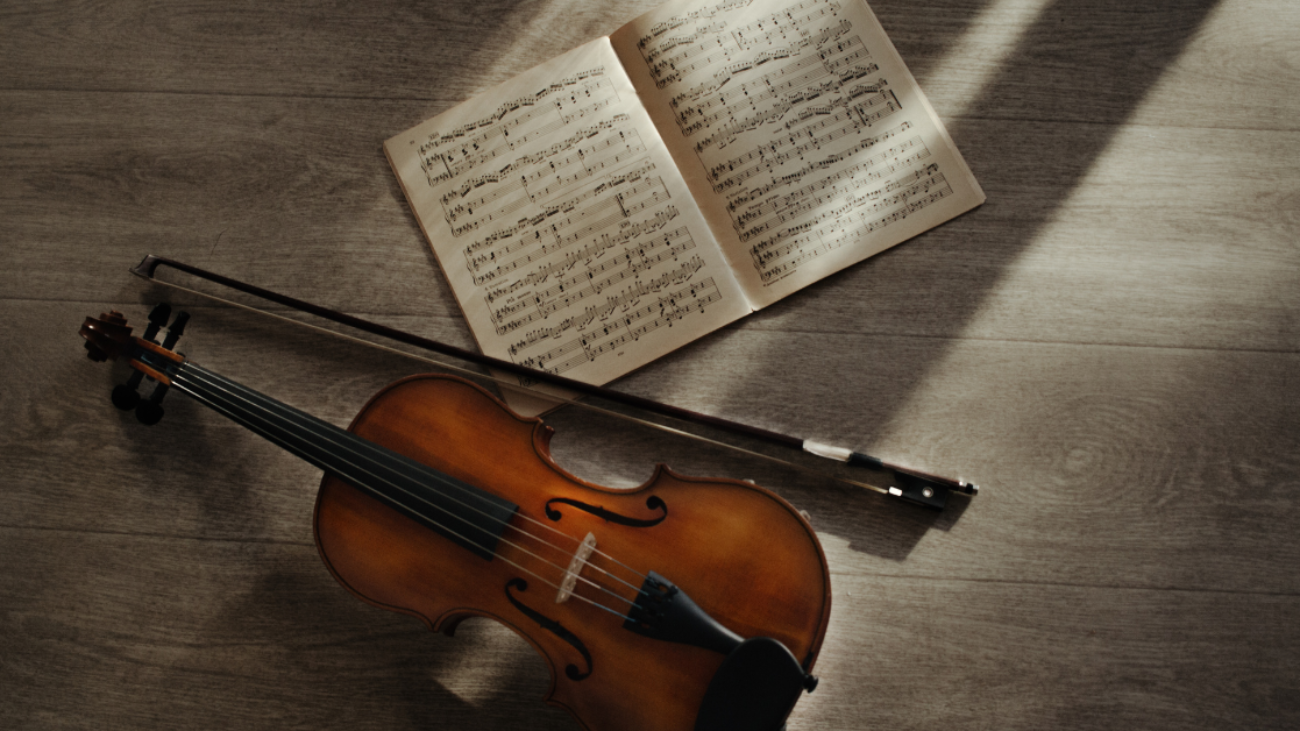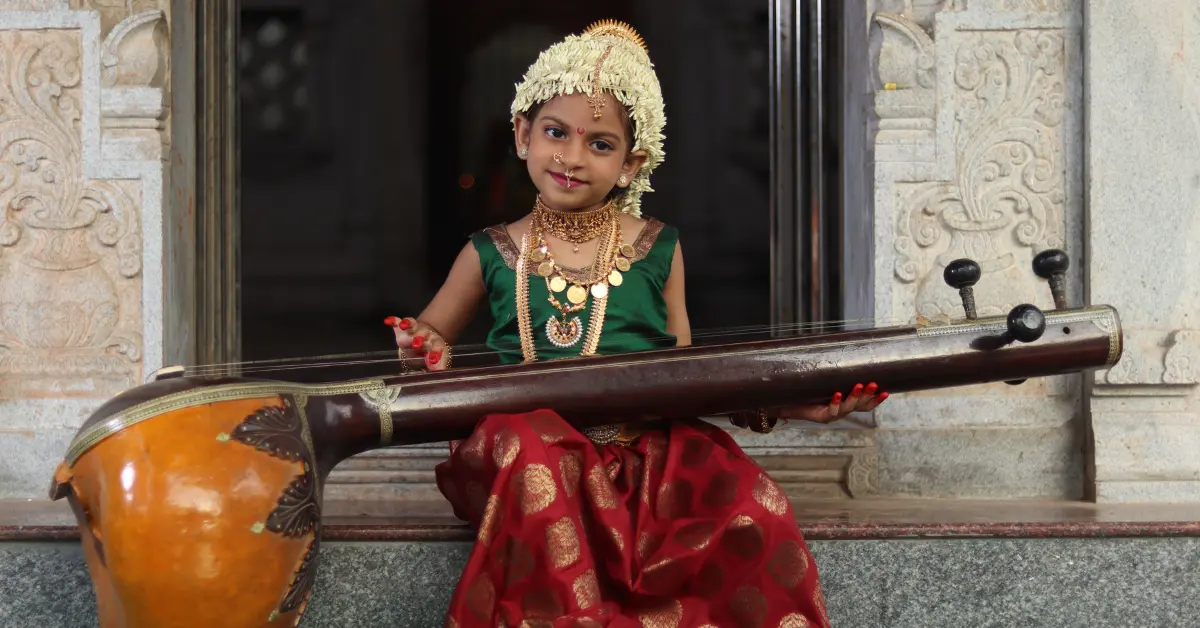Discover the Best Instruments to Learn for Classical Music
Classical music is a realm that offers peace, discipline, and mastery over melodies. Especially in India, classical music is deeply rooted in culture, traditions, and spirituality. Choosing the best instruments to learn for classical music enthusiasts can be a life-changing decision for those who want to embark on this timeless journey. Whether you wish to perform on stage, teach, or simply enrich your soul, selecting the right Indian classical instrument is crucial. This detailed guide will help you understand the finest instruments you can learn, their importance, and how they build your musical foundation.
1. Sitar – The Queen of Strings
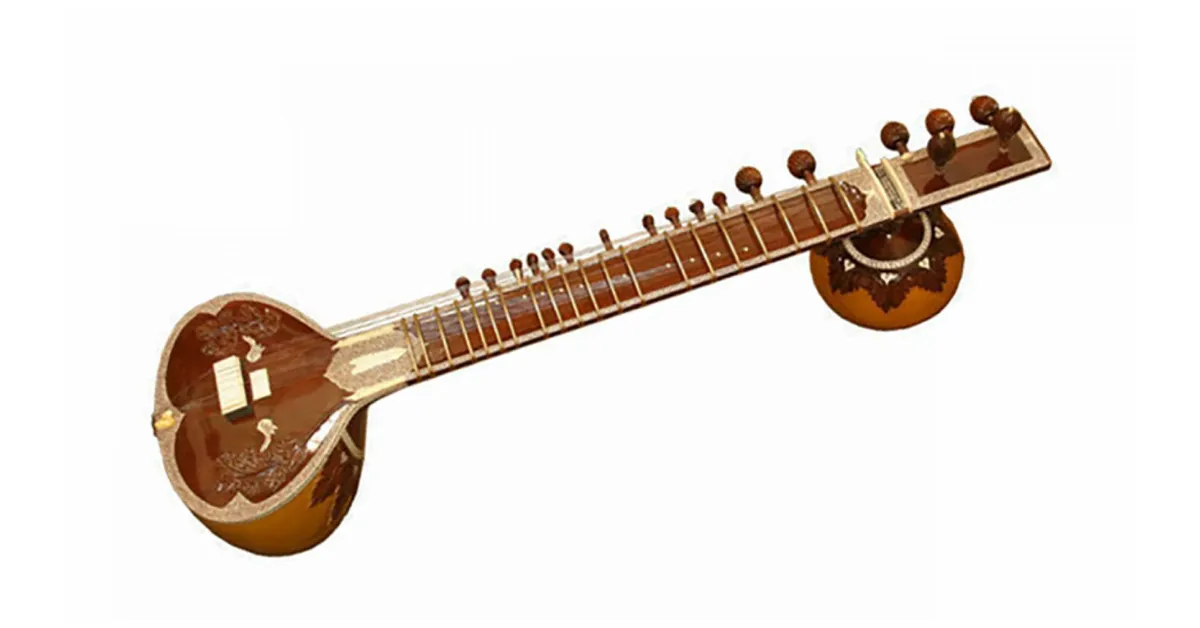
The sitar is perhaps the most iconic Indian classical string instrument known worldwide for its deep, resonant sound and complex melodic patterns. Used predominantly in Hindustani classical music, the sitar has been immortalised by maestros like Pandit Ravi Shankar.
Learning the sitar helps you develop intricate finger techniques, a strong sense of melody, and patience. Its ability to express ragas beautifully makes it a top choice for any classical music lover. Though it requires dedication and rigorous practice, the results are soulful and profound.
2. Tabla – The Soul of Rhythm
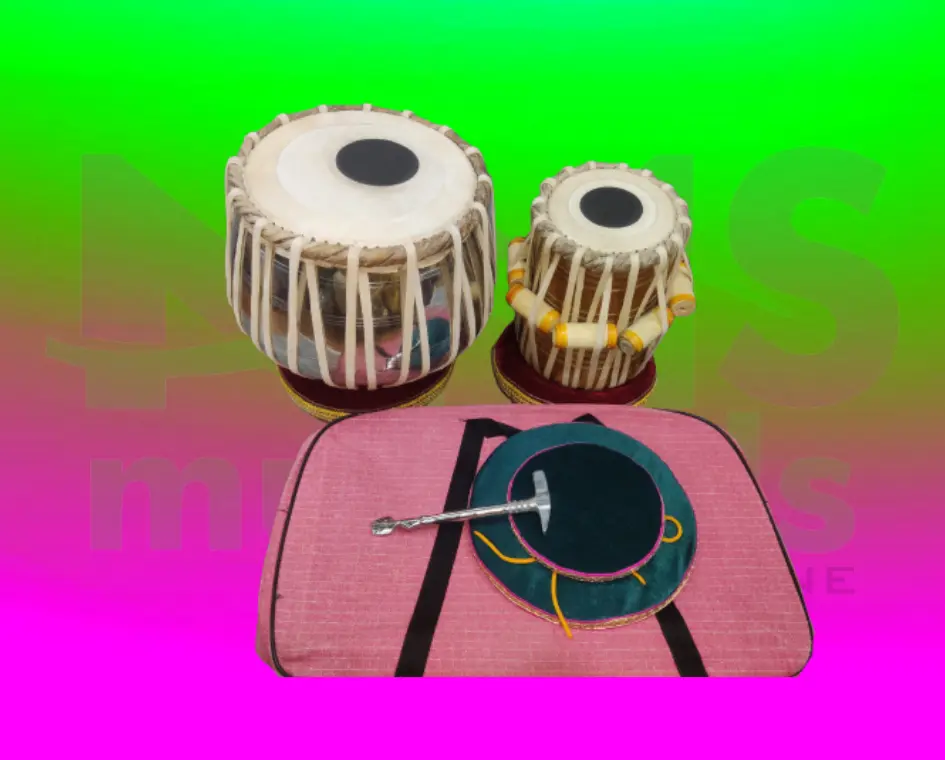
No Indian classical performance is complete without the tabla. This percussion instrument is essential for understanding rhythm cycles (taals) that form the backbone of Indian music. Tabla learners develop coordination, rhythm sense, and improvisation skills.
Legends like Ustad Zakir Hussain have elevated tabla to international stages, showcasing how mastering it can open up performance and teaching opportunities. Its adaptability also allows collaboration with other genres, making it one of the best instruments to learn for classical music enthusiasts.
3. Veena – The Ancient Divine Instrument
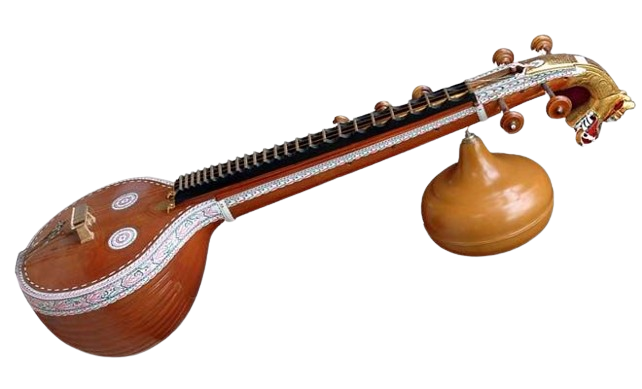
The veena is among the oldest Indian instruments, known for its meditative and spiritual sound. Used mainly in Carnatic music, it is deeply associated with Goddess Saraswati, symbolising knowledge and arts.
Learning veena enhances your understanding of gamakas (ornamentations) and ragas deeply. Its structure requires proper posture and discipline, making it ideal for those who want to immerse themselves completely in the world of classical music.
4. Bansuri – The Melodic Bamboo Flute

Bansuri, or the bamboo flute, is an integral wind instrument in Indian classical music, often associated with Lord Krishna. It produces hauntingly beautiful melodies, perfect for expressing deep emotions.
Bansuri learners develop strong breath control, embouchure, and melodic improvisation. It is also one of the most accessible instruments to begin your classical journey, requiring minimal setup but delivering maximum emotional depth.
5. Mridangam – The Backbone of Carnatic Rhythm

Mridangam is the primary percussion instrument in Carnatic music, similar to how tabla is for Hindustani music. It offers powerful rhythmic structures and tonal versatility, supporting and enhancing vocal and instrumental performances.
Learning mridangam refines your sense of rhythm, improvisation, and accompaniment skills, making you an essential part of any classical ensemble. It also builds physical stamina and focus due to its rigorous practice requirements.
6. Sarod – The Expressive String Powerhouse

The sarod is a fretless string instrument known for its deep, introspective sound and complex playing technique. Prominent in Hindustani classical music, it allows for smooth glides and intricate note transitions.
Learning sarod builds finger strength, melodic precision, and raga understanding. Though heavier and more demanding than sitar, it produces a unique sound that captivates any classical music enthusiast.
7. Santoor – The Mesmerising Hundred Strings

The santoor is a hammered dulcimer with about a hundred strings, producing a shimmering, rich sound. It is mainly used in Kashmiri folk and Hindustani classical music.
Learning santoor enhances your coordination, rhythmic clarity, and melodic understanding simultaneously. Its unique playing style with lightweight mallets sets it apart as a visual and auditory treat in performances.
8. Harmonium – The Supportive Melodic Base
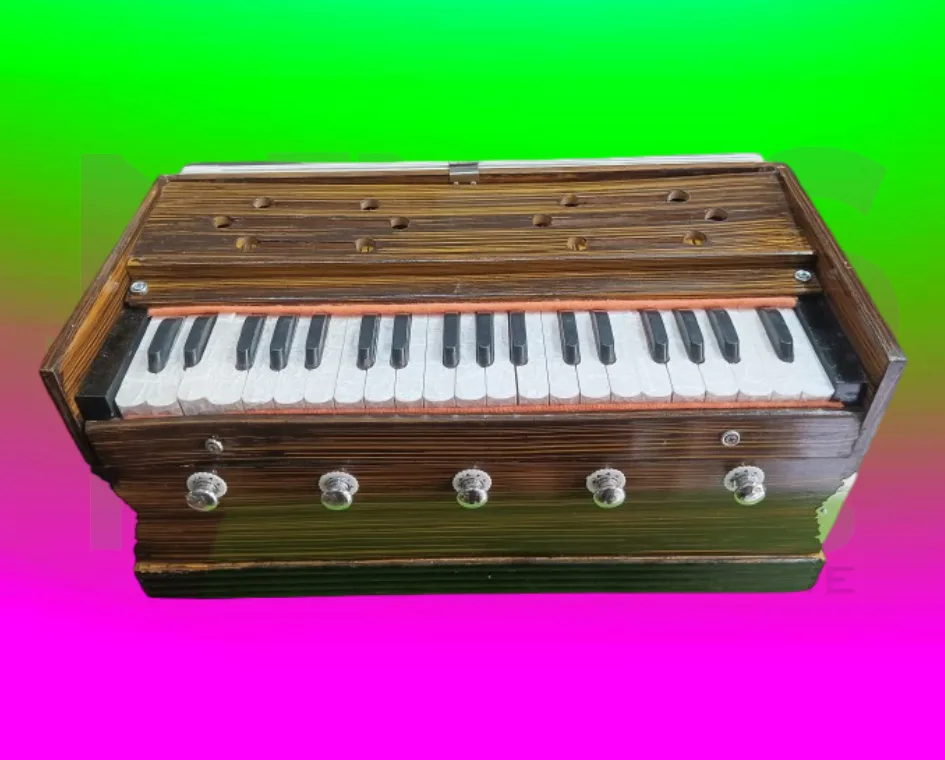
Though not originally Indian, the harmonium has become a core part of Indian classical music, especially in vocal accompaniment. It helps learners understand pitch, scales, and raga structures effectively.
Harmonium is highly recommended for vocalists and composers, as it aids in developing a strong melodic foundation and improvisational creativity. Its portability also makes it ideal for teaching and performing anywhere.
9. Violin – The Western Entry into Indian Classical

The violin has been seamlessly integrated into Indian classical music, especially in Carnatic traditions. Played differently from Western styles, it produces highly expressive and ornamented melodies.
Learning violin for Indian classical music builds posture discipline, melodic improvisation, and microtonal accuracy. It is a versatile choice, allowing you to collaborate across genres while retaining classical mastery.
10. Pakhawaj – The Grand Percussion Legacy

Pakhawaj is an ancient percussion instrument, the predecessor of tabla, used predominantly in Dhrupad music. It produces powerful bass tones and rhythmic depth unmatched by other instruments.
Learning pakhawaj instills rhythm discipline, arm strength, and understanding of intricate taal patterns. Though less common today, it remains essential for Dhrupad and temple music traditions, offering a unique skillset to classical percussion learners.
Conclusion
Choosing the best instruments to learn for classical music enthusiasts is not just about learning an instrument; it is about embracing a cultural, spiritual, and artistic journey. Indian classical instruments like sitar, tabla, veena, bansuri, and others carry centuries of tradition and wisdom within their strings, membranes, and hollows. As you embark on this path, remember that dedication, patience, and respect for the art form are as important as your choice of instrument. Whether you aim to perform, teach, or purely immerse yourself in music, mastering any of these Indian classical instruments will enrich your life with timeless beauty and deep inner fulfilment.
At NMS Musicals, we offer a comprehensive range of musical instruments, including percussion, string, wind, and keyboard instruments. Our services encompass sales, expert servicing, and the manufacture of leather instruments. Explore our diverse collection and find the perfect instrument to suit your musical needs.
Visit our website to browse our offerings: nmsmusicals.in
For a closer look at our products, check out our shop page: nmsmusicals.in/shop
Stay connected with us through our social media channels:
- Facebook: https://www.facebook.com/nmsmusicalinstruments/
- Instagram: https://www.instagram.com/nmsmusicals/?hl=en
- YouTube: youtube.com/@nmsmusicals
Our shop locations are:
- Puducherry: 149, Perumal Koil Street, Heritage Town, Puducherry, 605001.
Map Link: https://maps.app.goo.gl/ejDwBBFEJmd3szxk7 - Chennai: No: 1, 1st Floor, Kandigai Street, TVS Nagar, Korattur, Chennai – 600076.
Map Link: https://maps.app.goo.gl/7oXmB6X7KQsqeuuw9
For inquiries, contact/Whatsapp us at 9500663895 or email us at laxman.m89@gmail.com.
Discover the world of musical instruments with NMS Musicals today!
For a visual overview of our percussion instruments, watch the following video:
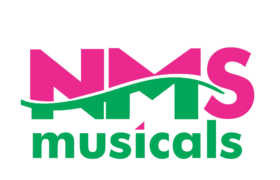

 Cart is empty
Cart is empty 
